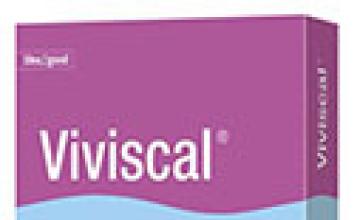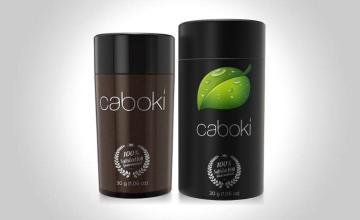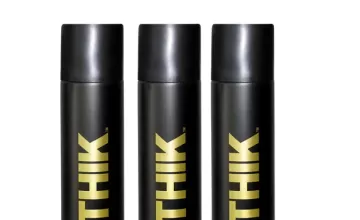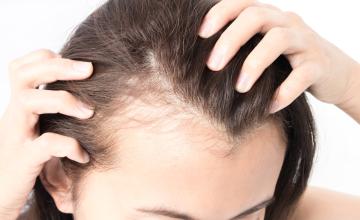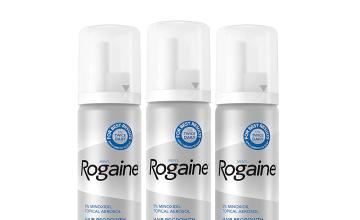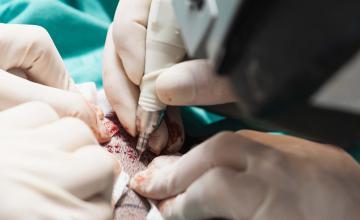Provillus as a Hair Loss Treatment
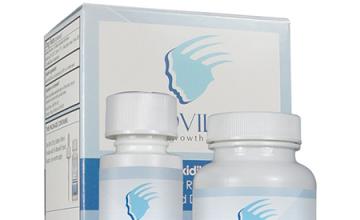
One of the more popular hair loss products on the market today for those with thinning hair is Provillus. Available for both men and women, making promises to “re-grow beautiful healthy hair”, this product consists of a topical and oral solution with an FDA approved hair regrowth ingredient and a number of conjectured “all-natural” dihydrotestosterone (DHT) blockers.
Other ingredients that promote a healthy scalp and head of hair are also contained in this product. The theory behind Provillus is to revive the hair follicles with growth stimulators and attack hair loss at its source by blocking DHT.
In order to fully evaluate the efficacy of this product, we must further explore each ingredient to determine whether or not this hair loss treatment delivers what it promises. Below you will find a list of ingredients and information that will help you determine whether or not Provillus is right for you.
Topical Ingredients:
Minoxidil (found in Rogaine, Xandrox and other solutions) is an FDA approved hair growth treatment and many balding men and women use it with great success. This particular ingredient is what allows Provillus to advertise their product as FDA approved.
Azelaic acid has been found to clean the skin and potentially inhibit DHT, the hormone responsible for androgenic alopecia.
Combining these two “forces” therefore in theory, may be a more powerful treatment than minoxidil alone. However, no clinical studies have been performed on azelaic acid as a standalone product therefore, whether or not it can stop hair loss is purely conjecture.
Oral Ingredients:
The Provillus oral solution contains a number of supposed DHT blockers including saw palmetto for hair loss, Vitamin B6 and Zinc, pumpkin or cucurbita maxima, and nettle root. Because evidence exists that these ingredients may be an effective treatment for benign prostatic hypertrophy (BPH), theories have been produced that they might also effectively treat baldness. Though we can appreciate the aspiration for balding men and women to use herbal products as an “all-natural” replacement for Propecia (finasteride), the problem we have is that most of them only contain anecdotal if any evidence at all that they can successfully treat baldness.
Provillus oral solution also contains a number of components that are said to promote healthy hair growth and cleanse the scalp. These include eleuthero, uva-ursi, muria puama, horsetail, para-aminobenzoid acid (PABA), and magnesium. Understand however, that promoting a healthy scalp and hair is not the same as stimulating newhair growth and hair regrowth, nor does it signify an effective hair loss treatment.
Possible Side Effects
The only side effect that we could find listed on the Provillus website is an upset stomach. It is reported that taking it with food often stops this. Be sure to follow the links to the ingredients listed above as many of them also have potentially reported side effects. Consulting with a physician before taking any herbal hair loss medication is advised.
Dosage
Currently there are no standards on dosages of herbal medications in the United States. In addition, no formal clinical studies have been performed on them for treating baldness. Therefore, the suggested daily value listed on the ingredient package is based on something other than government regulation and scientific study.
Costs
A one month supply of Provillus topical and oral supplement for men or for women costs about $50 per month. Discounted prices are available when bought in bulk.
For the cost of Provillus, one can purchase generic finasteride and generic minoxidil which are FDA approved hair loss treatments for safety and efficacy.
Conclusions and Our Opinion
Given that Provillus topical treatment contains FDA approved hair regrowth ingredient minoxidil; we can at least agree that it may have some marginal benefit for men and women suffering from androgenic alopecia. However, due to the lack of compelling evidence in these other conjectured hair loss solutions, it may be more beneficial and cost effective to spend your money on Propecia (finasteride)for men only and Rogaine (minoxidil) that has helped balding men and women worldwide.
